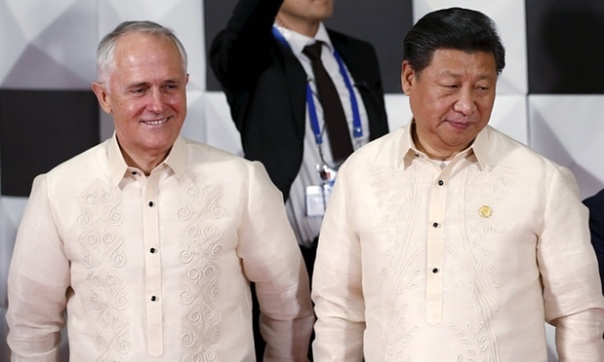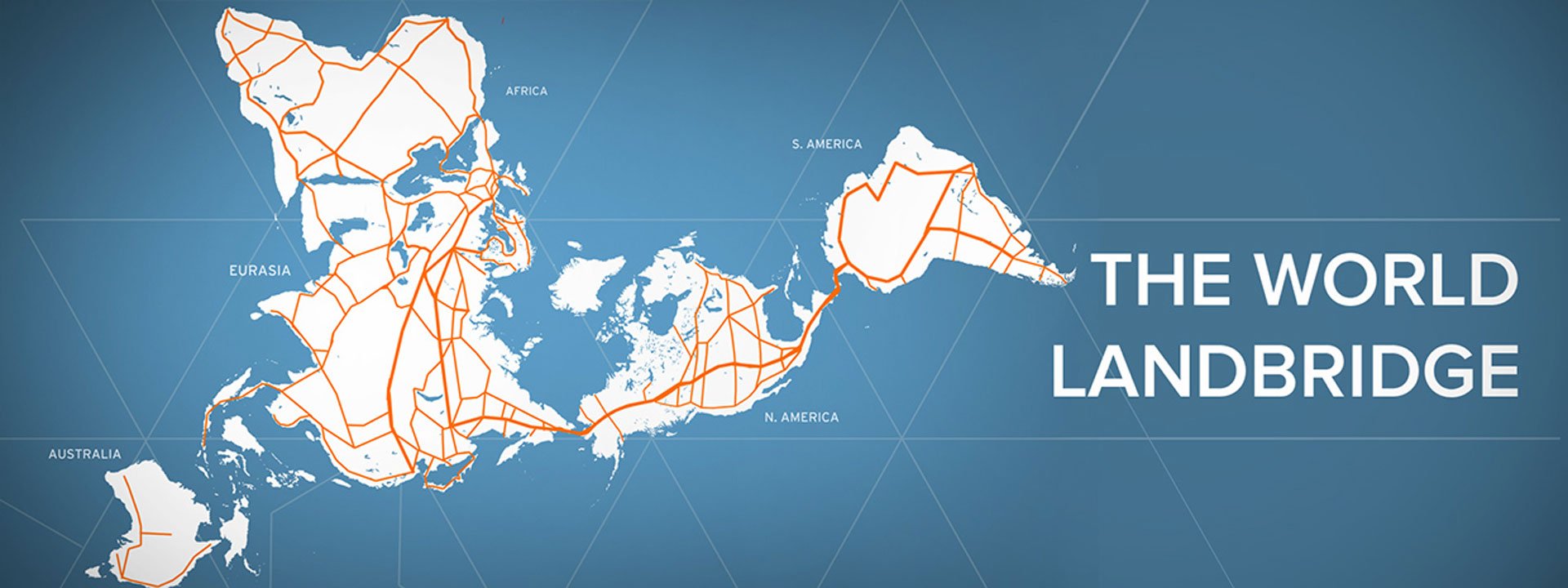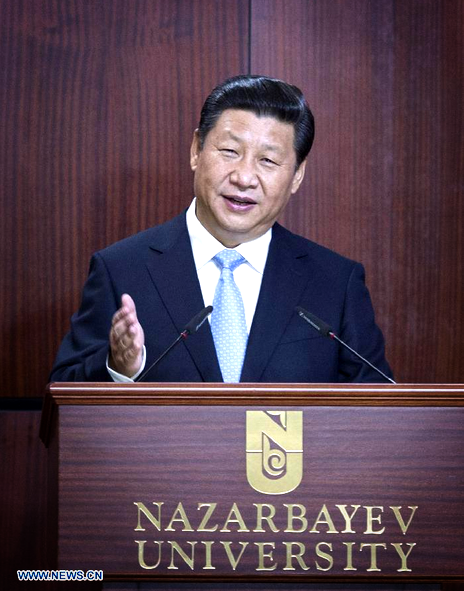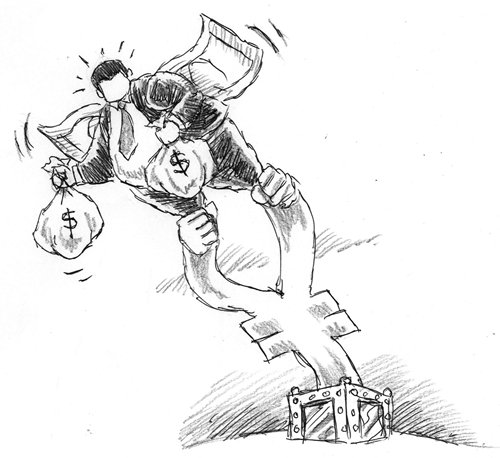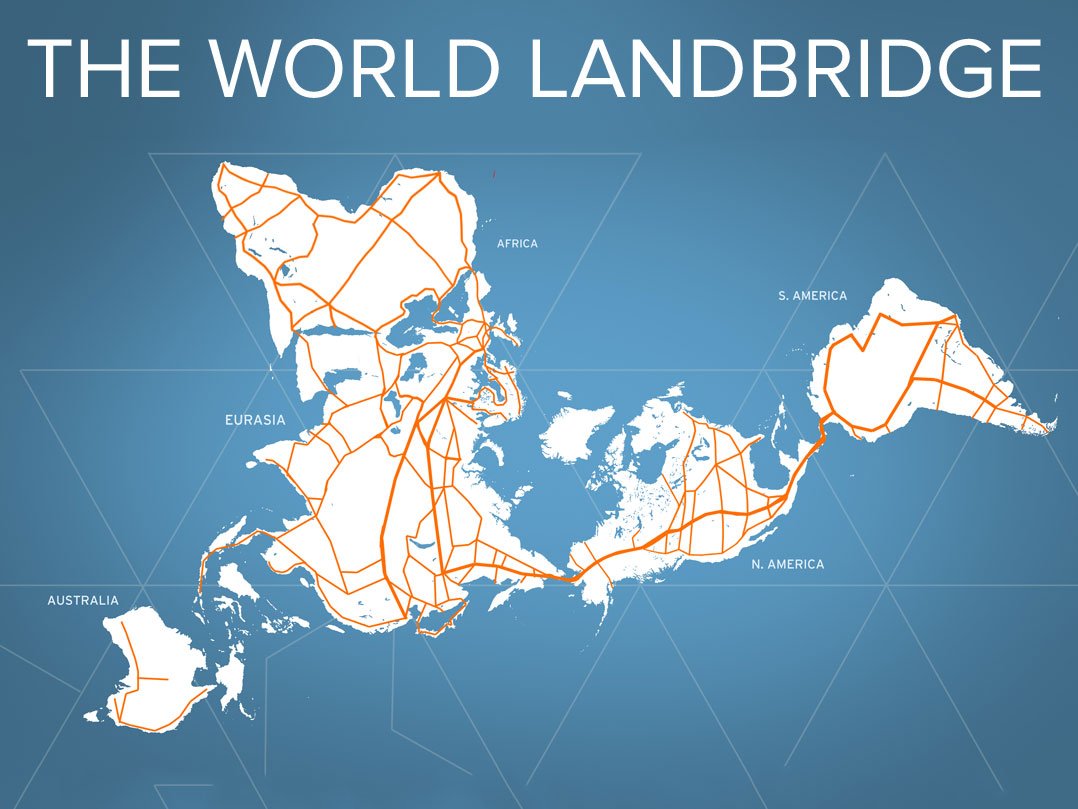
China starts building $590m naval port at Djibouti
26 February 2016 China has started building a naval port in Djibouti, the tiny African country located at the crucial junction of the Red Sea and the Gulf of Aden, as it continues expanding its international influence.
Its first military supply depot in Africa, the base at Doraleh will support the Chinese Navy’s operations in the Indian Ocean and establish China’s presence on one of the world’s busiest waterways leading to the Suez Canal.
“The Djibouti port will fulfil multiple purposes, including handling bulk commodities, containers and other goods. The Chinese Navy would use one of the berths”
Upon completion of the base, the Chinese Navy will become neighbours with the American and French forces who already have a base in the country.
“The construction of infrastructure and facilities has begun, and we have sent some people to work on that,” said Chinese Defence Ministry spokesman Wu Qian on 26 February, reports South China Morning Post.
China will fund most of the project, which Reuters reported would cost $590m. China is the biggest investor in Djibouti, one of Africa’s poorest nations.
The Djibouti port will fulfil multiple purposes, including handling bulk commodities, containers and other goods. The Chinese Navy would use one of the berths, Reuters reported.
Chinese naval vessels have been active in the Gulf of Aden since they conducted anti-pirate operations in the region in 2008.
After taking Djibouti as a transition port to evacuate nearly 900 people from Yemen last year, China started negotiations to build a permanent base in the country.
China is seeking to increase its military’s presence and security influence abroad to safeguard its growing international interests, which cover strategic areas along the “One Belt, One Road” route.
China is also building facilities at the port of Gwadar, situated at the mouth of the Persian Gulf, just outside the Strait of Hormuz in Pakistan’s western province of Balochistan.
The naval outpost, which is due for completion next year, is expected to feature weapons stores, ship and helicopter maintenance facilities and possibly special forces.
Camel herders first spotted Chinese troops staking out a patch of coastal scrubland, around eight miles from the largest U.S. military base in Africa.
The new cluster of buildings and shipping containers, some flying the Chinese flag, now offers the first real sign of China’s ambition to extend its military reach across the Indian Ocean and beyond.
Experts say that expansion would compromise Western Security partnerships that have underpinned the world order since 1945, it was reported by the Wall Street Journal.
It also comes as world tensions mount over Beijing's island-snatching in the South China Sea which has seen it build military bases in the hotly contested waters despite a UN tribunal ruling.
Admiral Sun Jianguo, the deputy chief of the joint staff department and likely future naval chief, signalled China’s intentions in April.
Writing in a Communist Party magazine, he said steadily advancing overseas base construction’ was one of President Xi Jinping’s foreign-policy priorities.
Only a few countries have bases beyond their borders: the U.S. has the most with 42 followed by Britain, France and Russia with around a dozen.
China says the Djibouti base is just a ‘support facility’ and denies plans to build large-scale U.S-style military hubs.
But it has spoken about negotiating more overseas outposts, with the Pentagon predicting China will establish several more in the next decade.
One likely spot is Oman’s port of Salalah, where Chinese navy ships often stop for rest and resupply, say defence experts.
Other possibilities include the Seychelles and Pakistan’s port of Karachi.





